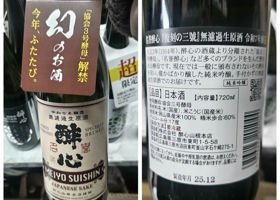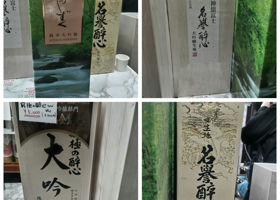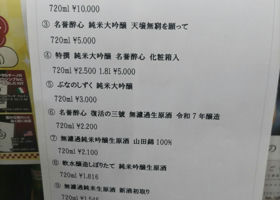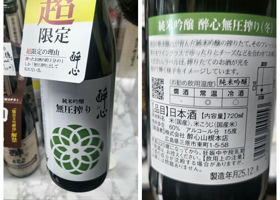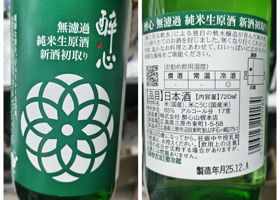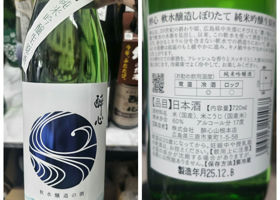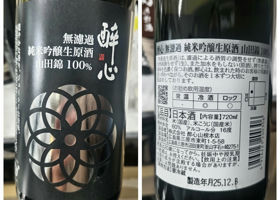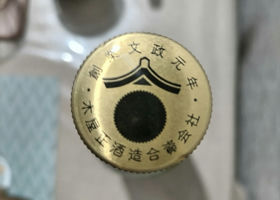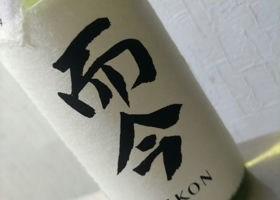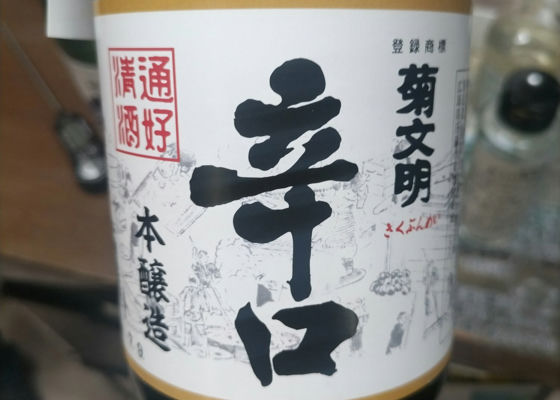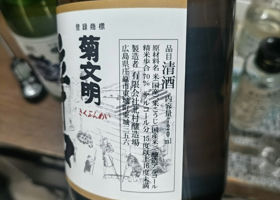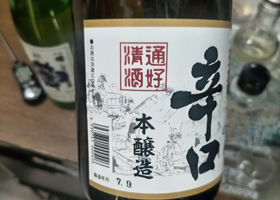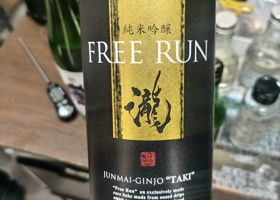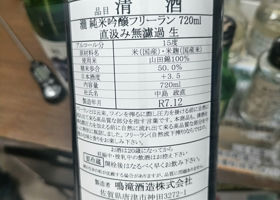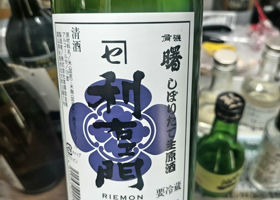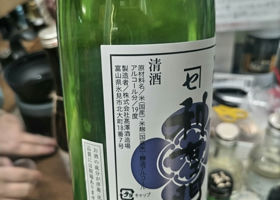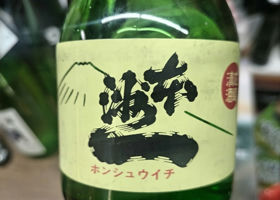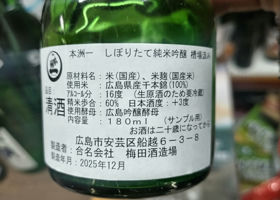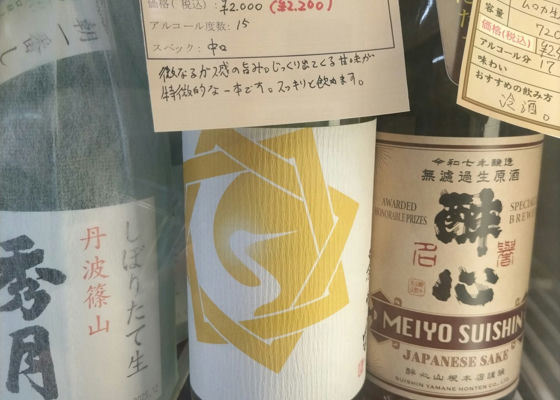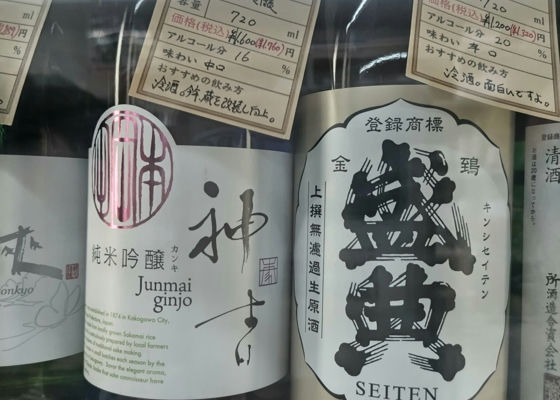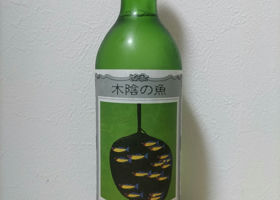
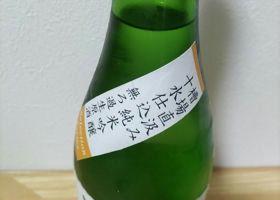
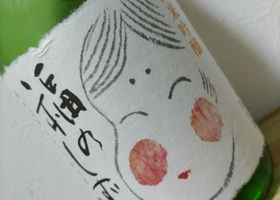
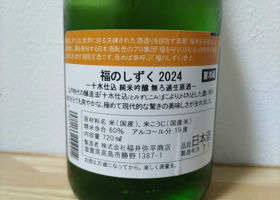
ねむち
Shiga Prefecture. Takashima City. Yahei Fukui Shoten Co.
Fukui Yahei Shoten. "FUKU NO SHIZUKU 2024 Tankba Nao Kumi Jyusui Jyunmai Ginjyo Unrefined Nama-Ginjyo Unrefined Nama-Genjyu."
This is quite an informative sake, and I purchased it at Takatsu Sake Shop on my way home from the Shiga Sake Event. The owner was friendly and well spoken.
We had it cold.
The color is pale and yellowish.
The nose has a sweet, ripe banana aroma.
The mouthfeel is jiggly and acidity that plays on the tongue. Concentrated sweetness and a ripe, full-bodied feel.
The nose has a strong spread of aroma, and the moment it hits the palate, it is full of alkaloa and grain aroma.
After swallowing, the aroma is combined with a sweet, thick, punchy alcohol feeling that is very satisfying to drink, and the aftertaste is delicate, full-bodied, and acidic with a sharp edge.
Amedare...and Chiyoda Kura's Jumizu-shikomi were also good, and I can't leave the word "Jumizu-shikomi" out of it.
Ingredients: Rice (domestic), Rice Koji (domestic)
Rice polishing ratio: 60
Alcohol content: 19%.
Japanese>English
アラジン
Good morning, Nemuchi-san 😃 I also bought this sake at Takatsu Liquor Store before, and I absolutely loved it 😊 I vividly remember how delicious it was 🤤 It completely changed my personal image of Shiga sake in the best way possible 🍶☺️
Japanese>English
